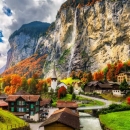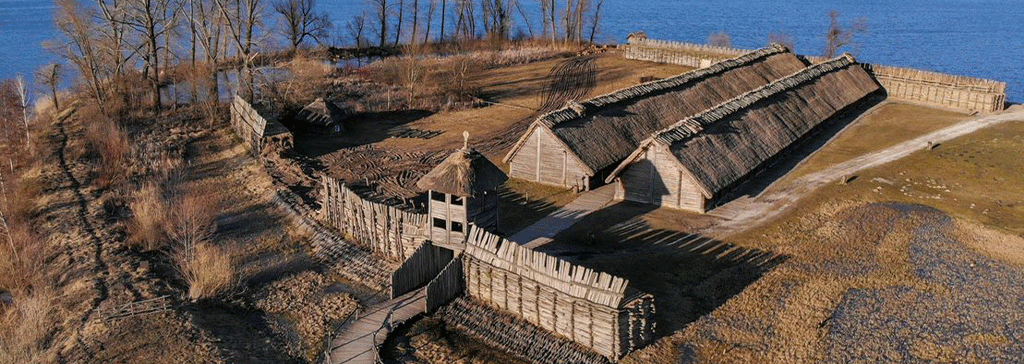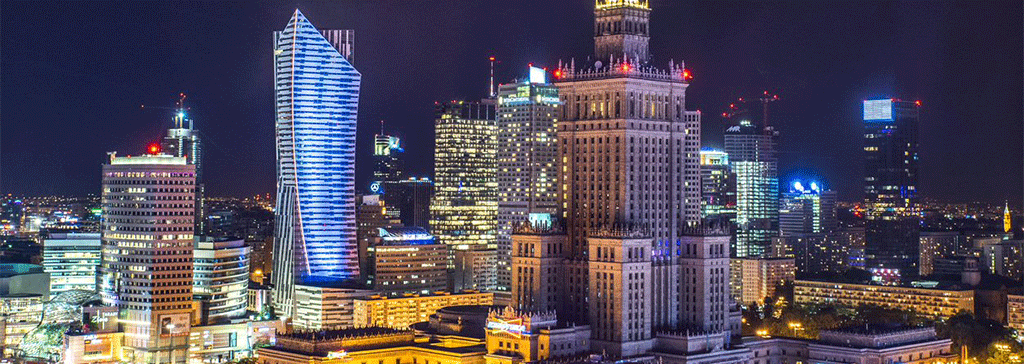
Welcome to Polish Pompeii
Explore a 2,700-year old preserved historical settlement
One of Europe’s largest and most famous archeological sites is the Biskupin Museum in Poland, drawing 200,000 yearly visitors. The site covers an area of 38 hectares, showcasing the remains of an 8th century Lusatian settlement. Its discovery marked an important moment in Polish and European archeology, and it was soon dubbed “Polish Pompeii” to emphasise its historical value. Go explore it with an Interrail Poland Pass!
Rise of the Lusatian culture
The settlement was discovered in 1932 when the water level of Lake Biskupin decreased, unearthing rows of wooden piles driven into the shore of the lake’s peninsula. It turned out to be a settlement of 800-1,000 inhabitants belonging to the so-called Lusatian culture from the Bronze and Iron Age (between 700 and 400 BC). Their houses and defensive structures had been hidden under water for so long that they emerged in an excellent condition, in a similar way that Pompeii has been preserved in layers of ash. Three quarters of the area of the 2,700-year-old settlement have been discovered in the course of post-war research. This led to the discovery of more settlements from different historical periods, and work to reconstruct them for the public continues until the present day.
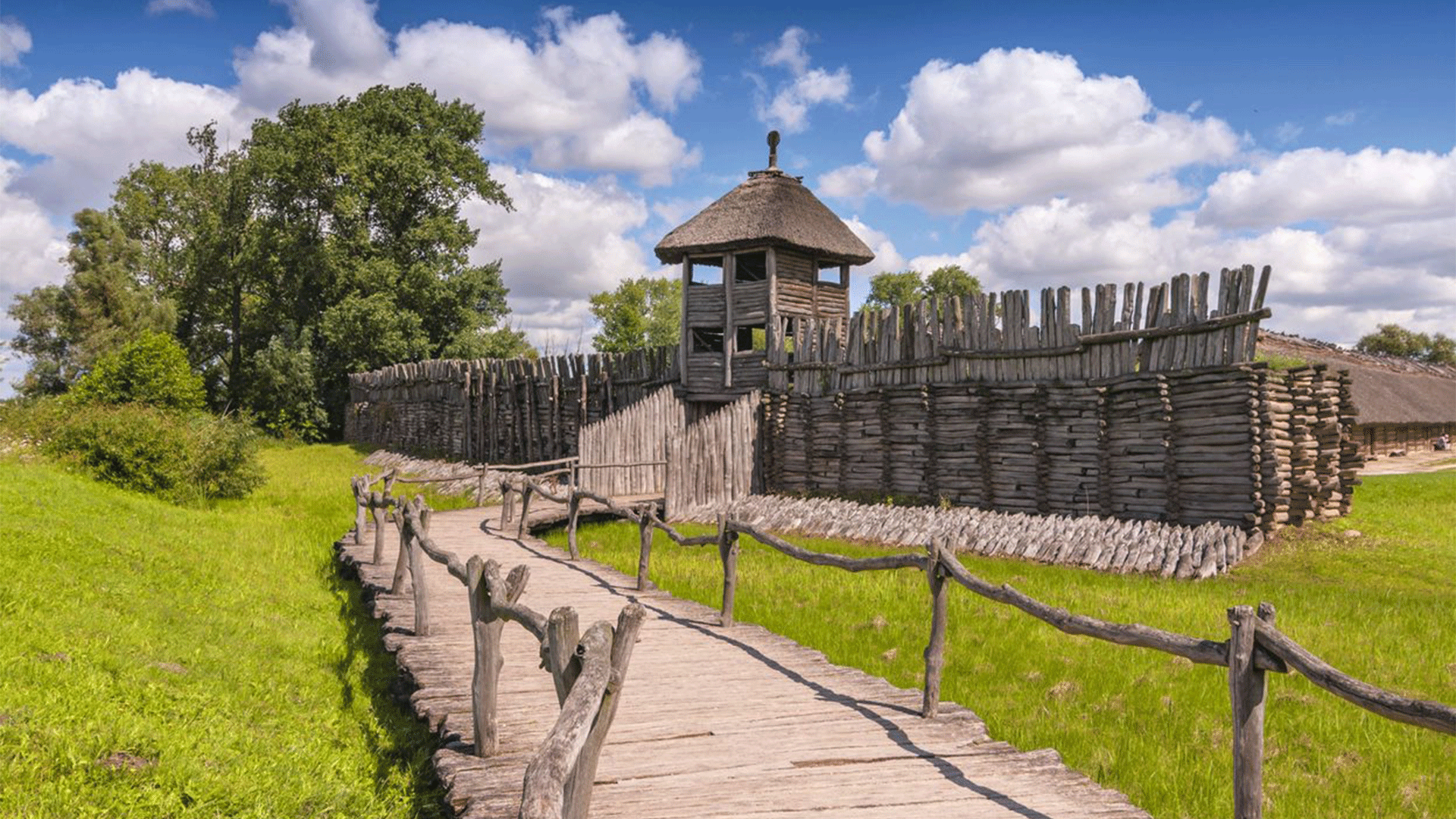
Did you know?
Archaeological works carried out before World War II included underwater studies of the lake bottom and aerial photography. Several thousand photographs were taken, many of which were destroyed during World War II along with other scientific documentation. During the war, the works were taken over by the Germans, who aimed at confirming the Germanic past of the settlement. Immediately after the war, reconstruction works began. Various landmarks, such as settlements and villages, were re-established, and today you can also see reconstructions of box tombs and a Pałuki cottage from the turn of the 18th and 19th centuries.
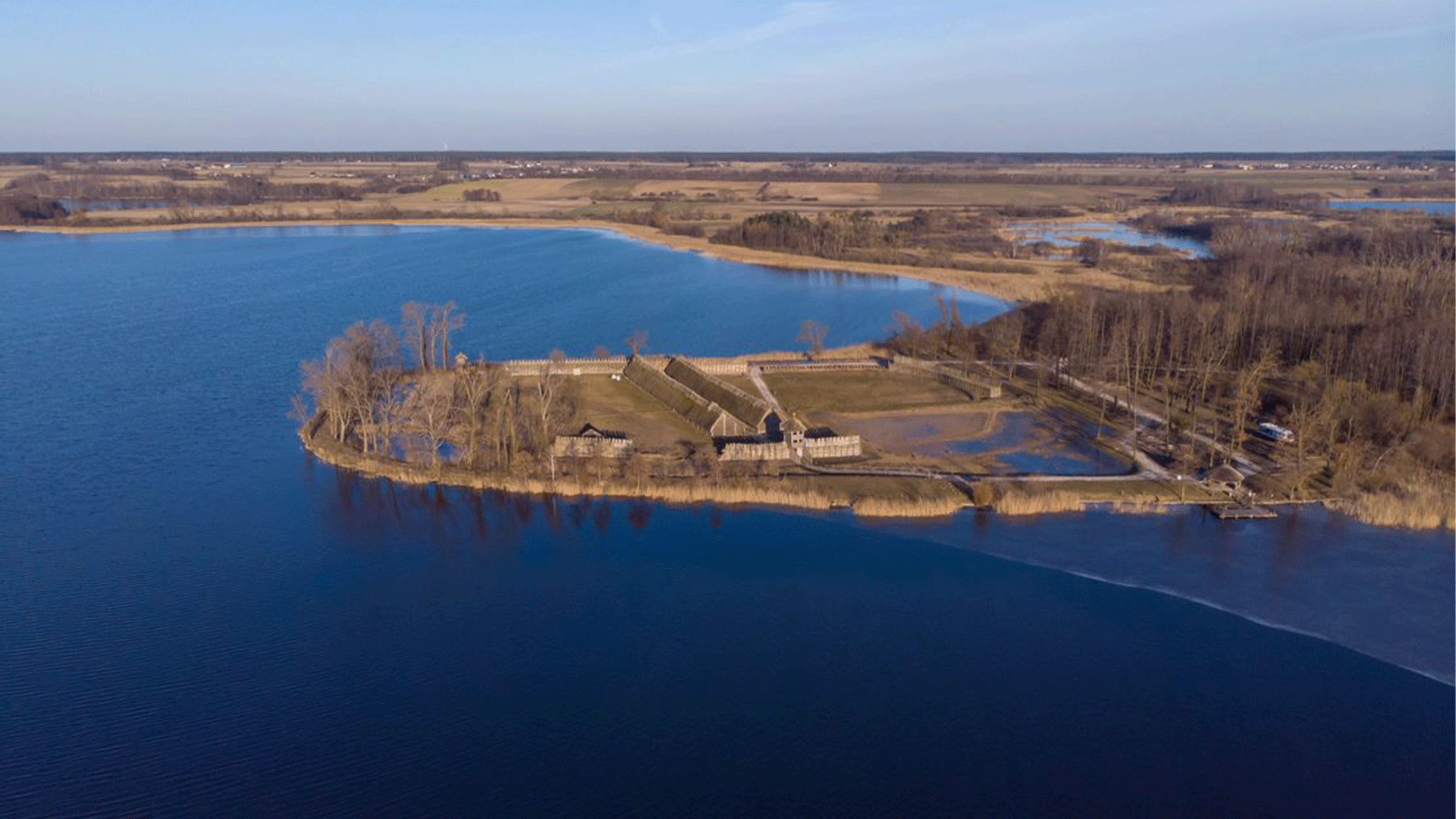
Visiting the museum
At the Biskupin Museum you’ll find permanent and temporary exhibitions, as well as a variety of museum lessons, workshops and archeological trips. The most famous event of the year is the thematic Archaeological Festival which takes place every September. An additional attraction is the half-hour cruise on Lake Biskupin on the passengership "Devil of Wenecja". Cruises are held from the end of April to the end of September.
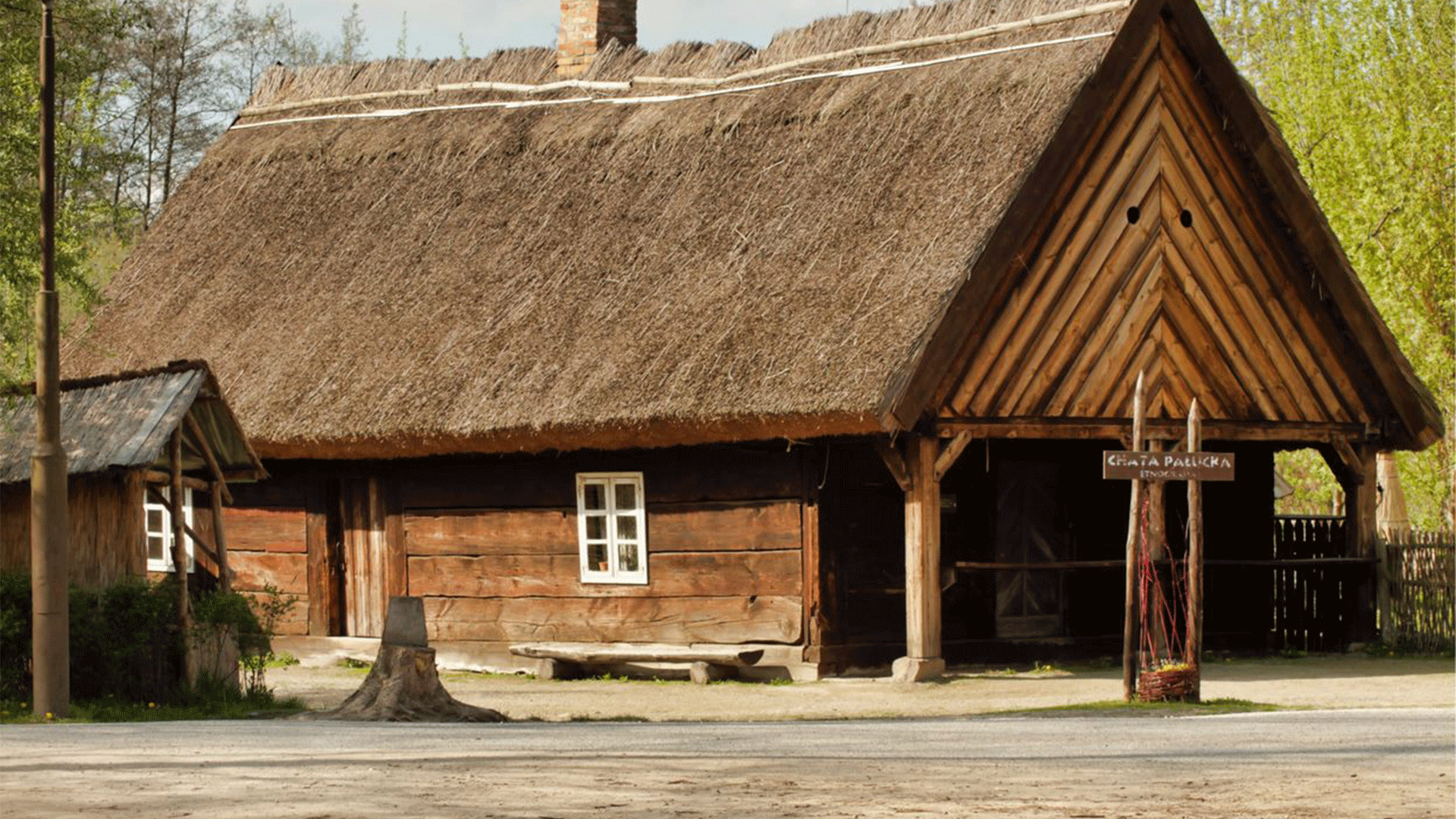
What to see in the neighbourhood
Check out the Old Tower, which looks out over the surrounding town of Żnin. A symbol of the town’s former wealth, the tower was once part of the town hall. Today it serves as a museum.
Visit the village of Wenecja and see the Narrow Gauge Railway Museum - the largest open-air museum of its kind in Europe. Here you’ll find dozens of locomotives and wagons, which you can also see from the inside.
After visiting the Museum, visit the Wenecja Castle. It dates back to the 14th century and according to legend, the spirit of former owner Mikołaj Nałęcz – also known as the Devil of Wenecja - still lurks in its walls.
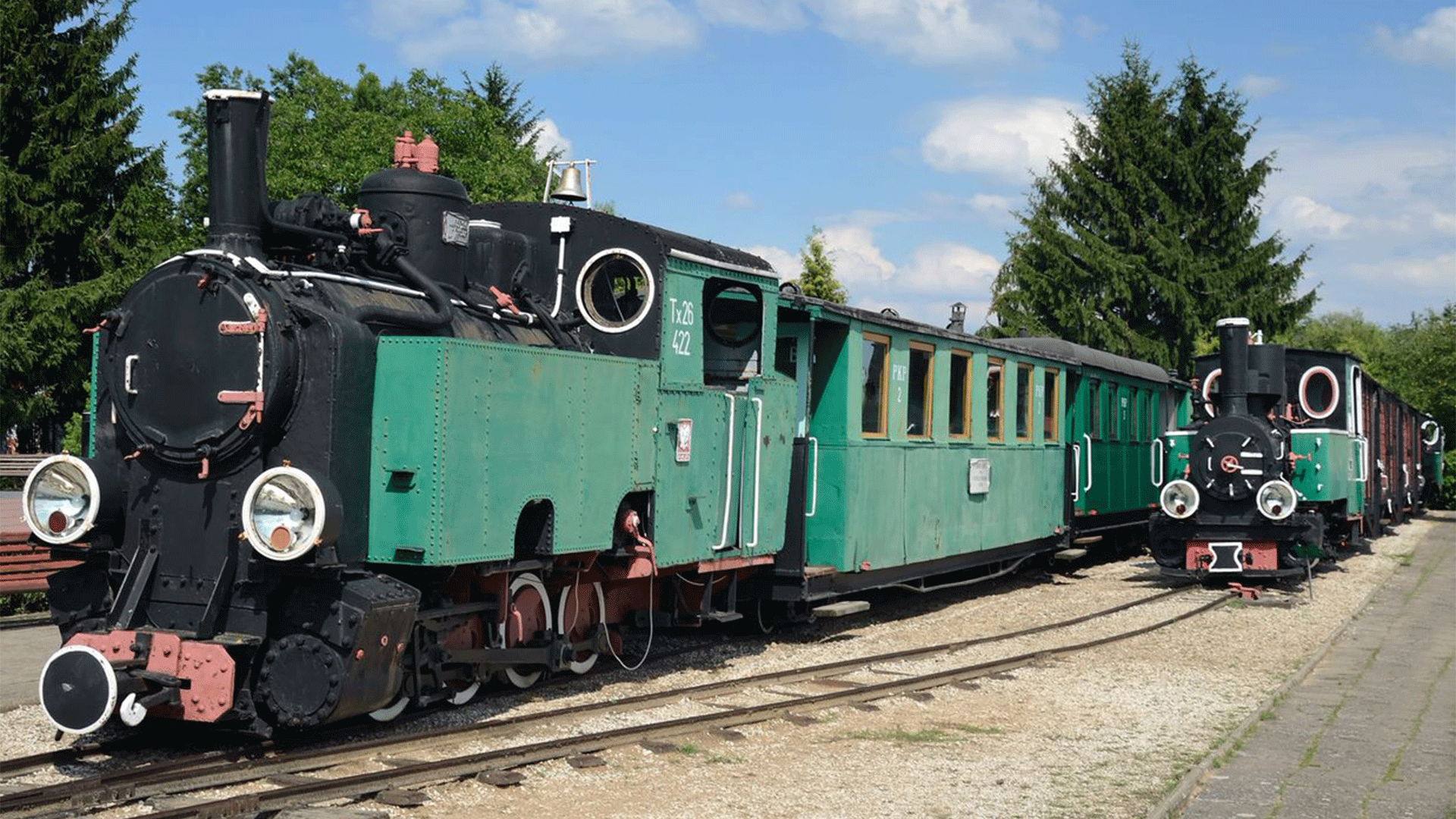
You might like this as well:
-
![poland-polish-pompeii-header]() Welcome to Polish Pompeii Want to explore one of Europe’s hidden treasures? Check out the Biskupin Museum in Poland.
Welcome to Polish Pompeii Want to explore one of Europe’s hidden treasures? Check out the Biskupin Museum in Poland. -
![poland-warsaw-buildings-panoramic-view]() Where The Locals Go In Warsaw Here are 8 ways to experience Warsaw like a local. It’s easy to arrive by train as Poland connects Europe’s East (Vilnius, Minsk) & West (Berlin, Prague).
Where The Locals Go In Warsaw Here are 8 ways to experience Warsaw like a local. It’s easy to arrive by train as Poland connects Europe’s East (Vilnius, Minsk) & West (Berlin, Prague).
Change of currency
You cannot change the currency once you have a Pass in your cart. Remove the Pass, and then change the currency on the website header.

